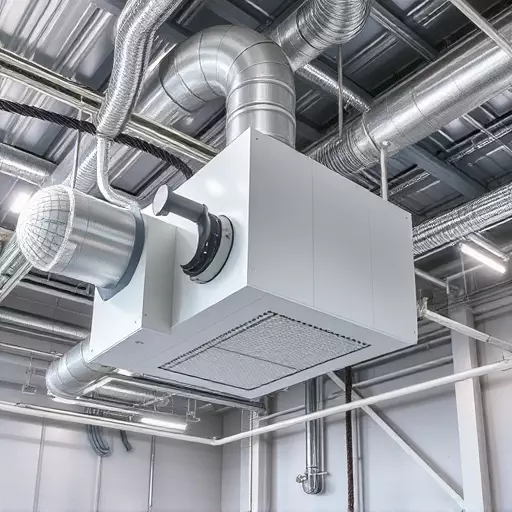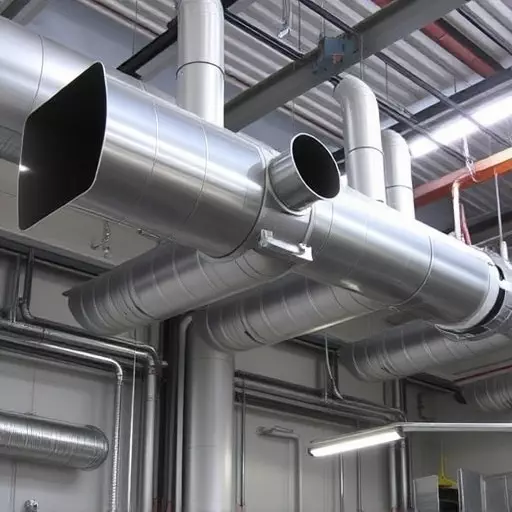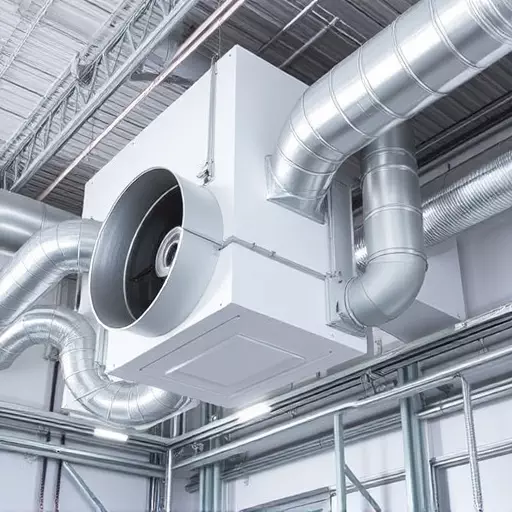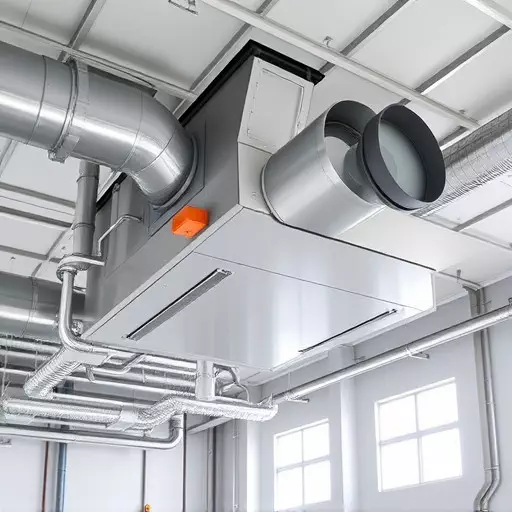In the realm of industrial health and productivity, custom ventilation system designs play a pivotal role. This article delves into the intricate world of industrial ventilation needs, shedding light on common challenges faced by manufacturers. We explore how exhaust ventilation solutions not only enhance worker safety but also boost efficiency. Furthermore, we delve into designing efficient supply ventilation systems for optimal air quality. Advanced technologies are reshaping modern industrial ventilation, and successful case studies highlight tailored customization for specific applications. Discover innovative strategies to meet your unique industrial ventilation requirements.
- Understanding Industrial Ventilation Needs: Unveiling Common Challenges
- The Role of Exhaust Ventilation Solutions in Worker Safety and Efficiency
- Designing Supply Ventilation Systems for Optimal Air Quality
- Customization: Tailoring Ventilation to Specific Industrial Applications
- Advanced Technologies Shaping Modern Industrial Ventilation
- Case Studies: Successful Implementation of Custom Ventilation Designs
Understanding Industrial Ventilation Needs: Unveiling Common Challenges

In the realm of industrial operations, understanding and addressing ventilation needs is paramount to ensure worker safety, equipment efficiency, and environmental compliance. Industrial ventilation solutions must grapple with a myriad of challenges unique to each facility. These include managing hazardous fumes and dust, maintaining optimal air quality, and regulating temperature and pressure differentials. Factories often require exhaust ventilation solutions to safely remove harmful gases and particulate matter, while supply ventilation systems are crucial for providing clean, fresh air to workers and preventing the buildup of oppressive or dangerous atmospheres.
Navigating these challenges demands a tailored approach, as one-size-fits-all industrial ventilation systems may not suffice. Common hurdles include space constraints, diverse production requirements, and fluctuating external conditions. Effective industrial ventilation solutions necessitate thorough assessments, innovative design thinking, and advanced engineering to create efficient, sustainable, and compliant atmospheres within industrial settings.
The Role of Exhaust Ventilation Solutions in Worker Safety and Efficiency

Designing Supply Ventilation Systems for Optimal Air Quality

When designing supply ventilation systems, the primary goal is to achieve optimal air quality in industrial settings. This involves strategically placing vents and ducts to ensure a steady flow of fresh air while effectively removing contaminants such as dust, fumes, and vapors. Industrial ventilation solutions must consider factors like room size, occupancy, and the type of activities conducted within the space.
Effective supply ventilation systems utilize exhaust ventilation solutions to capture and remove pollutants at their source before they spread. This involves carefully planning the placement of extraction points and ensuring that air is directed towards these areas. By combining efficient supply and exhaust ventilation, professionals can maintain a healthy indoor environment, improve worker comfort, and comply with safety regulations, thereby enhancing overall productivity in industrial settings.
Customization: Tailoring Ventilation to Specific Industrial Applications

In the realm of industrial ventilation, customization is key to ensuring optimal performance and efficiency. Each facility has unique requirements, from specific material handling processes to strict environmental regulations. Custom ventilation system designs offer tailored solutions that address these nuances, providing efficient industrial ventilation solutions and exhaust ventilation solutions.
By understanding the specific challenges faced by an industry, designers can create supply ventilation systems that enhance worker comfort, improve air quality, and maximize productivity. Customization may involve adjustments in airflow patterns, filter selection, noise abatement strategies, and even integration with existing machinery. This personalized approach ensures that ventilation systems work harmoniously with the facility’s operations, creating a safer and more productive environment.
Advanced Technologies Shaping Modern Industrial Ventilation

Case Studies: Successful Implementation of Custom Ventilation Designs



